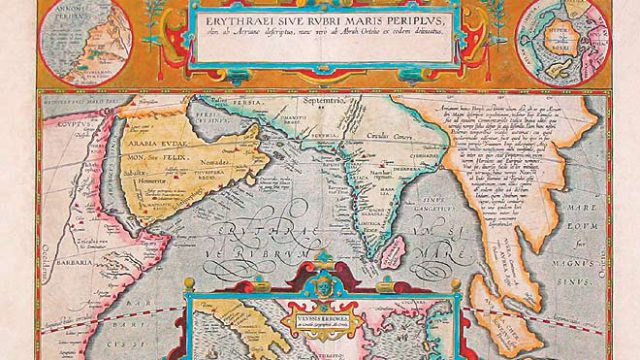The first travel guide was in the form of a periplus (Latin for ‘a sailing around’), a manuscript that charted the ports and landmarks (and the distances between them) that a sailing vessel would expect to find along a shore. Later, pilgrims’ tales of their religious travels around Europe became popular guides.
Between the 15th and 17th centuries, published accounts of aristocrats’ Grand Tours around Europe became the standard for many travellers. Richard Lassels, priest and travel writer, published The Voyage of Italy in 1670.
In the early 19th century, Mariana Stark’s guide to travelling in France and Italy recognised the advent of the budget traveller in the UK. The first travel guide to be published in the US was Gideon Minor Davison’s The Fashionable Tour (1822).
The modern guidebook came into being in the 1830s when long-distance travel became a trend. The Fashionable Tour covered destinations in Europe, Asia and Africa.
In recent years, the iPad and smartphones have induced publishers to look beyond the printed word — to e-books and apps. Today, the world is just a touch away.




